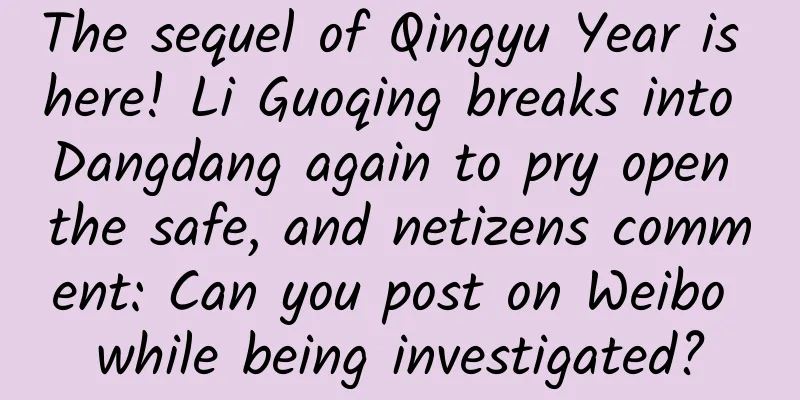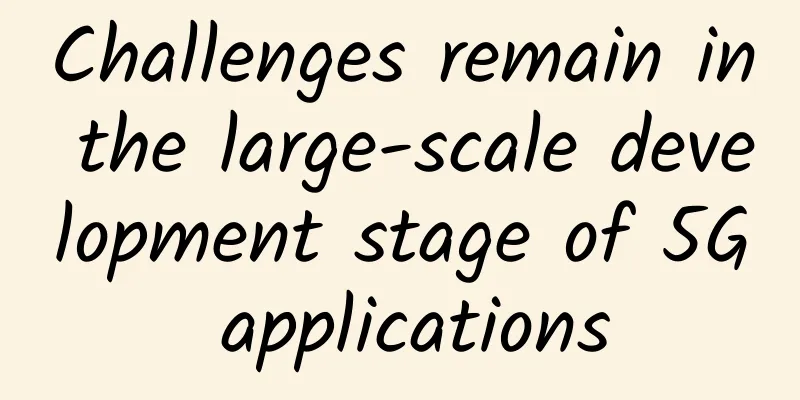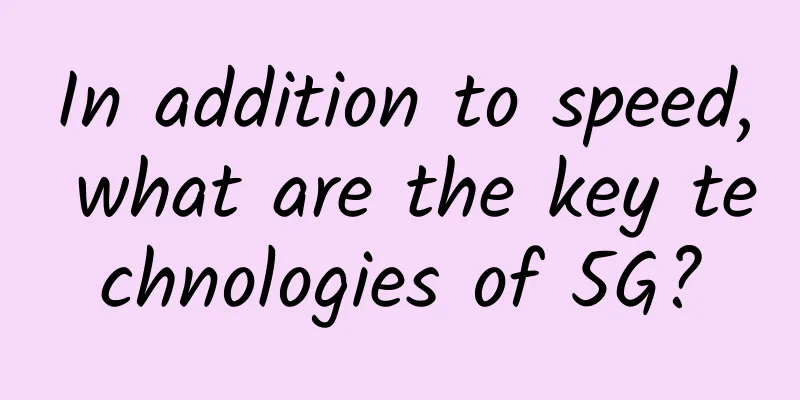The transformation path of communication engineers in the 5G era

|
The 5G era is an era of great integration, with the integration of multiple wireless access technologies, fixed network and mobile network, IT and CT, and the Internet of People and the Internet of Things. The network complexity brought about by the Internet of Everything is self-evident. For communication operators, network complexity brings high operation and maintenance costs and risks. As the scale of the network continues to expand, network investment remains high. Under the pressure of the volume-revenue gap, reducing operation and maintenance costs through automated networks has become an inevitable choice for operators. At the same time, 5G must embrace vertical fields, which have strong demands for high network reliability and high stability. Once manual operation errors occur, huge economic losses will be caused. For communication engineers, the widespread popularization of network automated operation and maintenance will inevitably reduce manual work in network operation and maintenance and eliminate a large number of traditional communication engineers; with the popularization and deepening of technologies such as SDN/NFV/container orchestration, the requirements for communication engineers will become higher and higher, and the value of communication engineers will become more and more prominent. Before 5G is fully commercialized, let’s discuss the prospects and future of communications engineers with colleagues: National Talent Development Plan points out transformation areas On April 1, 2019, the Ministry of Human Resources and Social Security issued a notice, officially confirming 13 new occupations, namely: artificial intelligence engineering and technical personnel, Internet of Things engineering and technical personnel, Internet of Things installers and debuggers, big data engineering and technical personnel, cloud computing engineering and technical personnel, digital managers, building information modeling technicians, e-sports players, e-sports operators, drone pilots, agricultural managers, industrial robot system operators, and industrial robot system operators. Most of them are related to current emerging technologies, such as artificial intelligence, cloud computing, the Internet of Things, industrial robots, drones, etc.; there are also professions that have existed for a long time and are now officially recognized by the government, such as e-sports players and e-sports operators. In the critical period of the transformation of new and old driving forces of governments at all levels and the digital transformation of major enterprises, a new profession has also been born: digital managers. According to the definition of the Ministry of Human Resources and Social Security, digital managers refer to people who use digital intelligent platforms to build the personnel structure of enterprises or organizations, maintain operational processes, coordinate workflows, conduct big data decision analysis, and connect upstream and downstream online to achieve online and digital business management of enterprises. This position is similar to the CIO of an enterprise. 5G network architecture determines transformation positions 5G networking adopts a new network architecture, new network technology, diverse business applications, and fully cloud-based equipment deployment. The 5G core network will separate control from bearer and introduce a fully cloud-based architecture (as shown in the figure). The infrastructure layer needs to support the mixing of virtual machines and containers. The 5G network cloud-based architecture will realize key technologies such as CU separation, multi-dimensional decoupling, network slicing, and multi-access edge computing. 1. Control cloud: The control cloud is the centralized control core of the 5G network. It completes global policy control, session management, mobility management, policy management, information management, etc., and is responsible for controlling the access cloud and forwarding cloud. The control cloud can achieve business customization and flexible deployment through technologies such as virtualization, network function modularization, control and bearer separation, network component function service, and network slicing, meeting the differentiated needs of different new businesses and expanding network service capabilities. 2. Access cloud: Access cloud supports users' intelligent wireless access in various application scenarios and business needs, supports the efficient integration of multiple wireless access technologies, and introduces a standardized and open edge computing platform to stimulate business innovation at the edge. 3. Forwarding cloud: The forwarding cloud cooperates with the access cloud and the control cloud to realize the service aggregation and forwarding function. Under the path management and resource scheduling of the control cloud, the forwarding cloud realizes the efficient forwarding and transmission of different service data flows such as enhanced mobile broadband, massive connections, high reliability and low latency based on the bandwidth and latency requirements of different new services, thereby ensuring the end-to-end quality requirements of the service. From the perspective of the 5G network life cycle, from the early network planning and design [network planning and design position] to the later network deployment [equipment deployment and maintenance position], to the later network operation and maintenance [automated operation and maintenance position] and operation [business orchestration], to the ultimate network optimization [business experience and optimization position], the entire end-to-end link [solution position], the communication engineer position runs through the entire network life cycle. Benchmarking new and old positions to determine transformation direction The following table lists the engineer positions involved in the current network life cycle of communication operators, the positions involved in the full life cycle of 5G, and the new occupations announced by the Ministry of Human Resources and Social Security. A rough job benchmarking is also conducted, hoping to provide a reference for job transformation planning for colleagues who are currently struggling in the position of communication engineers. Communications Engineer Transformation CT/IT Technology Stack “If you want to do your work well, you must first sharpen your tools. Only when the tools are sharp can the work be refined.” For us “communications workers” who are in the era of transition from old to new technologies, if we cannot adapt to the development of enterprises and master the tools - new technologies, we can only “sigh at our jobs” when faced with job reforms. Based on the job description after the transformation and the technical knowledge involved in the current daily work of cloud computing engineers, the author compiled a communication engineer transformation ICT technology stack for reference by colleagues on the communication front. May we all be determined dreamers who move forward. Wherever we go, we will reach the end of the world. There is no declining industry, only declining life. This is an era of lifelong learning. Come on, communication people! |
<<: Talking about IPv6 technology research in 2019
>>: Wi-Fi 6 is here! Wireless veteran explains the next generation of Wi-Fi
Recommend
China Mobile Selects Brocade NFV Software Appliance to Support "Internet+" Mission
Mobile giant will break new ground in China's...
spinservers: 100M-1Gbps unlimited traffic servers starting from $118/month, Silicon Valley/Dallas data centers
spinservers launched its first promotion after th...
Are you still using 4G? 6G is coming soon. The battle for 6G among countries has quietly started nearly 20 years ago.
When China leads the world in 5G technology, the ...
Black screen problem on some live IPTV channels under BRAS equipment
The telecom IPTV platform of a certain city found ...
CheapWindowsVPS: $4.5/month KVM-4GB/60GB/1Gbps unlimited traffic/7 data centers available
The last time I shared information about CheapWin...
Do you know the role of API Gateway?
[[266934]] API Gateway The following three scenar...
ReadyDedis: 50% off on all VPS, 1GB memory package starting at $2 per month, 8 data centers available
ReadyDedis is a foreign VPS business established ...
Diagram: 5G millimeter wave peak rate calculation
[[390044]] This article is reprinted from the WeC...
VIAVI releases latest report: 5G network has covered 1,336 cities in 2020
Recently, VIAVI Solutions, a provider of communic...
Ten techniques for API protocol design
In this digital age, our daily lives are filled w...
Wireless sensor network standardization progress and protocol analysis
[[188829]] As an application-oriented research fi...
UK hints Huawei 5G ban may be overturned in the future
[[334143]] This article is reproduced from Leipho...
How do Huawei, ZTE and the three major operators plan for 5G?
What is 5G? 5G is the fifth generation of mobile ...









